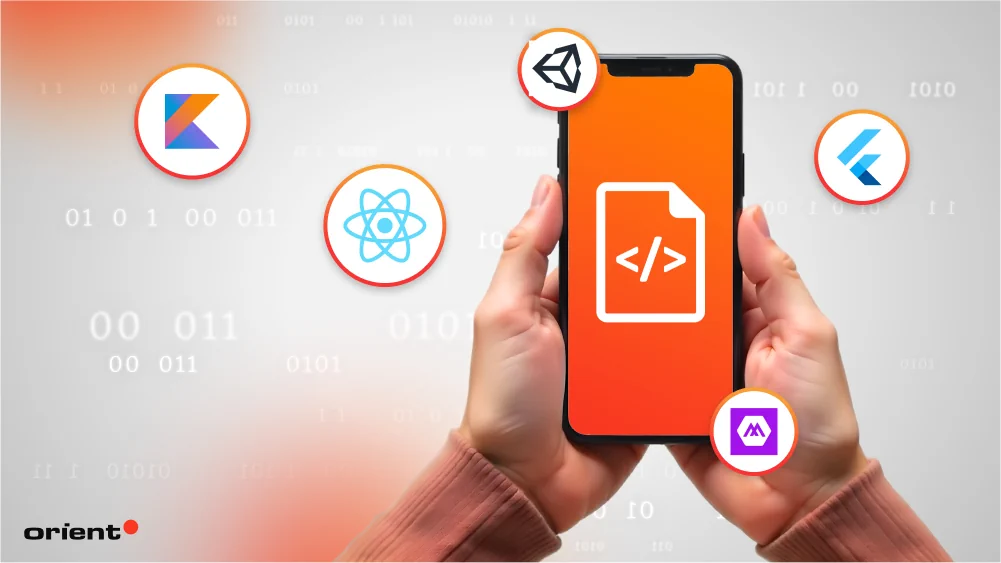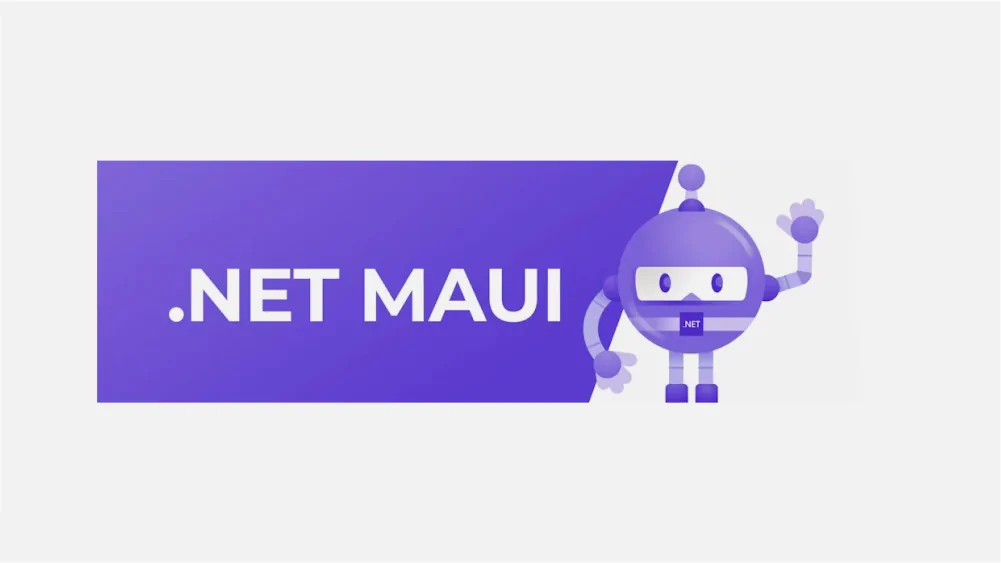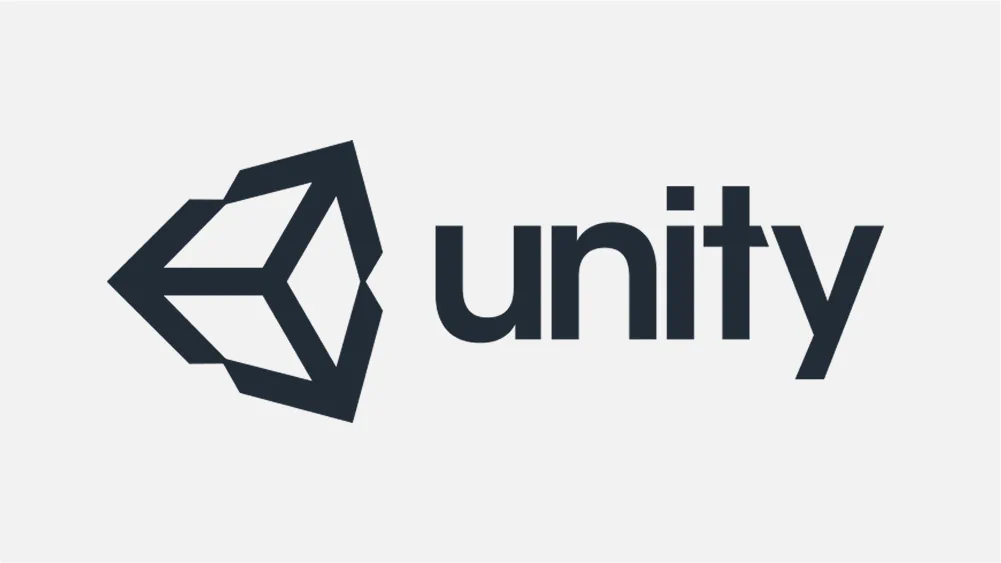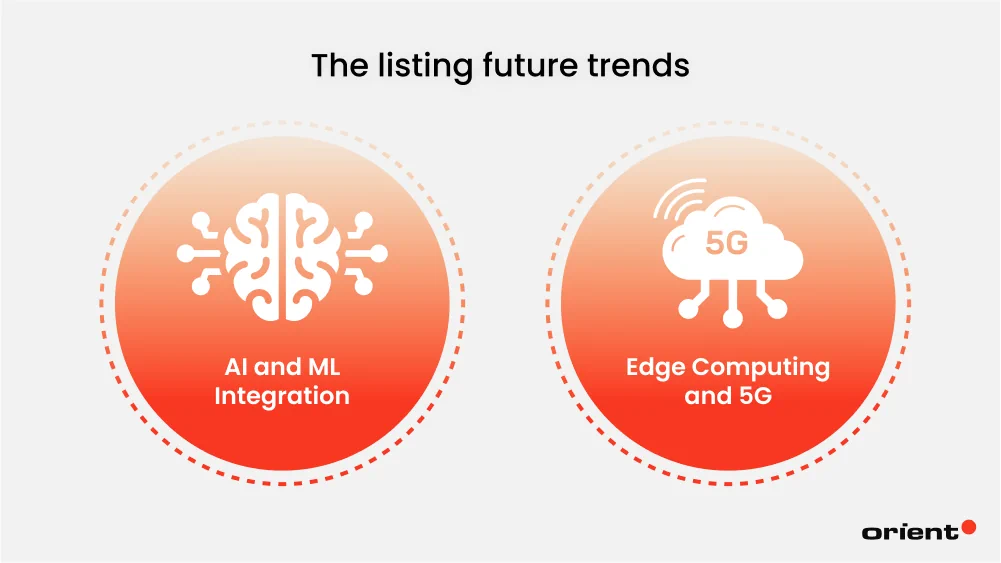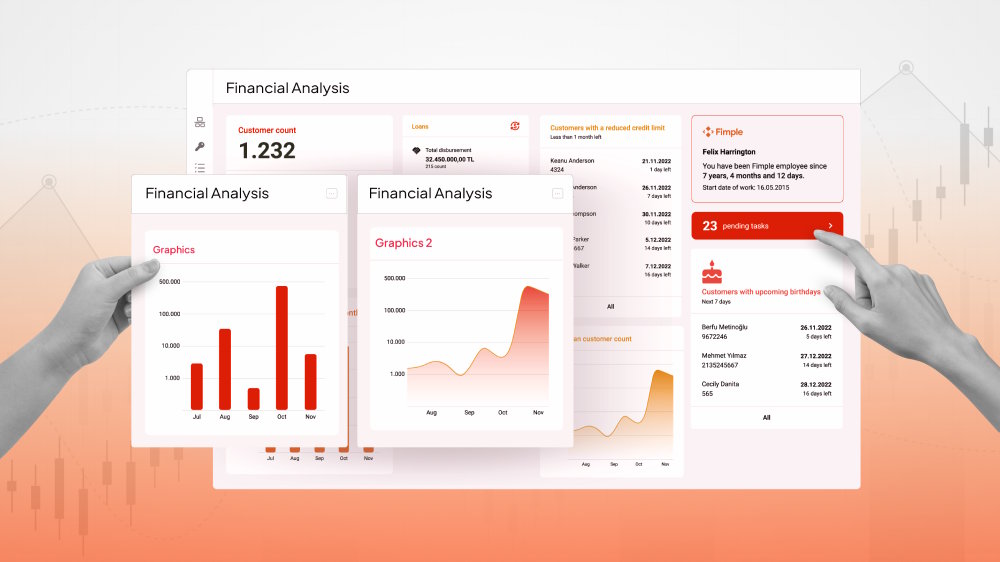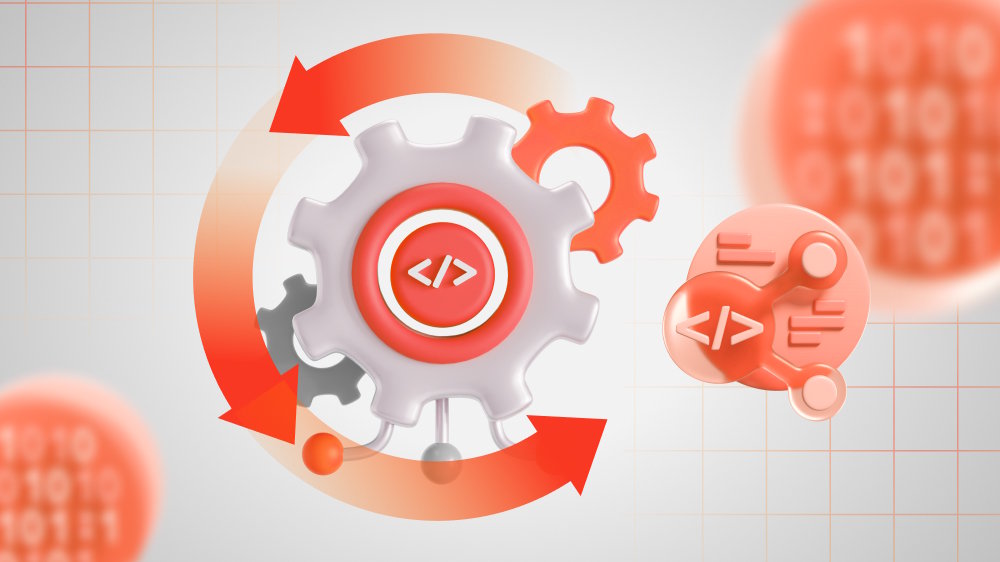Mobile phones have become as essential as keys or wallets, leaving the house without one just feels off. To make them even more integral to our daily lives, there’s now an app for just about everything: Be it entertainment, productivity, sleep, work, and even learning how to tie dozens of knots!
With seemingly almost every niche covered, speed matters. Shortening the time to market allows your business to gain feedback and capture market share quickly. One effective way to achieve this is through cross-platform mobile development. Using a single codebase for multiple platforms allows you to save cost, resources, and maximize your creativity abilities. Let’s dive in and learn how you can achieve this!
Key Takeaways:
- Instagram, WhatsApp, Spotify, and Uber are examples of cross-platform mobile apps, where developers use a single codebase and deploy it across multiple platforms.
- Unlike native app development, cross-platform app development needs third-party libraries or plugins to tap into native device features fully.
- React Native and Flutter remain the top choices for cross-platform frameworks, while Ionic and Cordova’s popularity is shrinking. Kotlin Multiplatform is steadily growing its community and user base.
- In 2025, team leaders should pay attention to AI and edge computing to future-proof their cross-platform applications and stay ahead of the curve.
What Is Cross-Platform Mobile Development?
This is the process of creating mobile applications using a single, shared codebase that runs seamlessly across multiple platforms, like iOS and Android. This often includes web and desktop environments, such as macOS and Windows. Unlike native development, which requires separate code for each operating system, cross-platform development enables faster, more cost-efficient deployment using tools and frameworks that compile code into native-like apps without sacrificing performance or user experience.
Instagram, WhatsApp, or Microsoft Teams are some cross-platform apps that you might already be using in your daily life.
Cross-Platform Apps Vs. Native Mobile App Development: The Difference
![Cross-Platform Apps Vs. Native Mobile App Development: The Difference]()
To better understand what cross-platform app development means, it’s best to put it into context. There are three main types of mobile applications: Native mobile apps, cross-platform apps, and web apps. However, in this section, we’ll only be diving into cross-platform apps and native apps to highlight the core concepts of this article.
First, let’s talk about native apps. Native apps refer to apps built for a specific operating system or device. In order to install these apps on your device, go to the Apple App Store or Google Play Store.
Each type of mobile development entails advantages and disadvantages.
- For cross-platform app development, the most obvious strong points are its reusable code, faster development cycle, lower cost, and uniform design, which often means easier maintenance. However, these apps might have trouble tapping into some native features, thus compromising design or performance.
- For native app development, users can enjoy lightning-fast performance, strong security, seamless UI experience, and full access to native features. The disadvantages, however, include a lack of code reusability, longer development times, and higher cost.
With all that being said, the main difference between the two types of mobile app development is summarized in the following table.
| | Native development | Cross-platform development |
|---|
| Codebase | Different codebase for different platforms (iOS, Android) | Reusable codebase for multiple platforms |
| Development Languages | - iOS apps: Swift, Objective-C
- Android apps: Java, Kotlin | - JavaScript (React Native)
- Dart (Flutter)
- C# (.NET MAUI, Unity) |
| User Experience (UX) | Tailored to each platform’s specificity, so it’s smoother compared to cross-platform apps | Generally consistent, but may not accommodate each platform’s nuances |
| Cost | Higher | Lower |
| Performance | Optimal performance for each platform | Strong performance, but may be a little slower than native apps |
| Access to Native Features | Full access to features and API | Limited features, might need plug-ins or platform-specific code |
| Development Time | Longer development process | Shorter development process |
| Maintenance | More complicated | Simpler |
Cross-Platform Mobile App Dev: The Ecosystem Overview
A 2023 Statista report revealed that 46% of the surveyed developers use Flutter, making it the most popular cross-platform technology. Following suit is React Native. Another study by AppFigure also confirmed the popularity of React Native and Flutter. It’s hard to pinpoint which framework of the two is more popular, as there is no definite statistic to prove either.
![Cross-Platform Mobile App Dev: The Ecosystem Overview]()
On GitHub, for example, Flutter boasts 171,000 stars, while React Native has 123,000 stars.
A framework’s popularity depends on geographical locations. Based on the Stack Overflow developers’ survey, React Native is the preferred framework in the US, Australia, the United Kingdom, and Canada. Germany, France, and India lean more towards Flutter.
There are more Flutter apps (around a million apps) than React Native apps, but this can be attributed to the fact that there are more Android apps than iOS apps.
While React Native and Flutter have consistently remained the most favored frameworks among developers, Cordova and Ionic have been shrinking in this criterion. According to the same Statista survey we mentioned earlier, Cordova’s market share has shrunk from 29% in 2019 to just 10% in 2023. Ionic shrunk from 28% to 9%. Companies most likely used these frameworks before the emergence of React Native in 2015 and Flutter in 2017.
Last but not least, Kotlin Multiplatform (KMP) is steadily gaining traction, as JetBrains seems to be investing in it significantly.
Best Cross-Platform Mobile Frameworks in 2025 (Features, Pros & Cons)
React Native
- Programming language: JavaScript
- Examples: Microsoft Office, Facebook
Developed by Meta (formerly known as Facebook), React Native is among the most popular cross-platform frameworks, even in 2025. This framework is great for teams with previous experience involving JavaScript and React. Web developers can leverage this to work on cross-platform projects.
You can consider choosing React Native if you want to shorten the time-to-market without compromising the feel of a native app. Do keep in mind that if the project demands platform-specific features integration or high performance, consider utilizing native modules or even looking at other frameworks.
![React Native]()
Features
- Hot reloading: This feature allows developers to see and recognize changes instantly, without needing to reload the entire app or run it from Xcode or Android Studio. Developers get to see how the app should look, simplifying the development process.
- Native performance: With React Native, developers can access most native features. It also facilitates the implementation of platform-specific functionalities. Developers can also tap into native features by integrating custom native modules.
- Reusable components: You can break down components of the code and reuse them in other parts of the application.
Pros
- React Native boasts a large community with rich resources.
- The framework is accessible and easy to learn as it is based on JavaScript, one of the most common programming languages.
- Hot reload and reusable components result in faster and more efficient development cycles.
Cons
- Compared to native apps, apps created with React Native might experience performance overhead, especially with intensive computations or heavy graphics processing.
- For specific features, developers still need to write code lines in the native language, which ultimately defeats the advantages of cross-platform development.
- The framework’s reliance on third-party libraries can cause performance issues or compatibility issues with newer devices.
Flutter
- Programming language: Dart
- Examples: Google Ads, New York Times
Developed by Google, Flutter is another well-liked cross-platform framework. The framework is behind some of the most powerful and visually appealing mobile apps. If you want a framework with the ability to create tailored user interfaces with fluid transitions and high performance, this is the framework to go with. However, Flutter developers need to keep in mind that it is a heavier app size.
![Flutter]()
Features
- Hot reload: Similar to React Native, Flutter allows users to see changes immediately.
- Customizable UI widgets: Flutter offers developers an extensive library of customizable widgets. Not only do these widgets help create responsive and appealing user interfaces, but they can also mimic native UI.
- High performance: By removing JavaScript bridges and converting Dart code into native code, Flutter’s C++ engine makes use of the Dart and Skia graphics engines, guaranteeing excellent performance for iOS and Android apps.
Pros
- Flutter creates stunning and responsive applications.
- The framework creates a near-native performance experience thanks to its direct compilation to machine code.
- Fast development cycles.
Cons
- Developers might need time to get used to Dart, Flutter’s programming language.
- Compared to native apps, its file size is larger due to the extensive libraries and built-in rendering engine.
- Hiring senior Flutter developers might be a challenge.
Kotlin Multiplatform (KMP)
- Programming language: Kotlin
- Examples: Memrise, Netflix
Backed by JetBrains, Kotlin Multiplatform or KMP is a versatile framework built with flexibility in mind. It provides developers with tools to centralize business logic. It is suitable for projects that wish to optimize code reuse, prioritize performance, and find sharing business logic across platforms beneficial for their specific product.
![Kotlin Multiplatform (KMP)]()
Features
- Shared business logic: This feature ensures consistency across platforms, minimizing code duplication and making maintenance easier.
- Native integration: The framework enables seamless integration with native code. Developers can write shared code and integrate native code where necessary, ensuring near-native performance and flexibility.
- Modern programming language: The framework’s programming language, Kotlin, provides developers with a positive experience thanks to its concise syntax.
Pros
- Code sharing across multiple platforms gives developers the time and space to focus on building the core functionalities.
- The framework is young, but with the strong backing of JetBrains and Google, it is constantly growing and offering new resources.
- KMP doesn’t want to replace native apps completely, but it aims to complement them with the ability to tap into native features while still sharing code for core app features.
Cons
- The framework’s community is smaller compared to the more established frameworks.
- Adopting Kotlin can take a lot of time.
- Its library and ecosystem are still growing and might not always be compatible, requiring manual adjustment.
.NET MAUI
- Programming language: C#
- Examples: Swiss QR Bill Generator
.NET MAUI was introduced by Microsoft in 2022. It is a strong choice for developers in the Microsoft ecosystem, built on the success of Xamarin.Forms. You might want to consider .NET MAUI when you’re looking for a framework with strong support for enterprise solutions, but it’s limited in the third-party library or community aspect.
![.NET MAUI]()
Features
- Integrated deeply with Microsoft: Developed by Microsoft, it is no surprise that the framework works seamlessly with the organization’s products (Azure services, Visual Studio, and so on). For businesses already using these services, .NET MAUI is an excellent choice.
- Native UI control: The framework provides tools to deliver an optimal user experience by leveraging native performance and platform-specific UI components for each operating system.
- Single project structure: This structure unifies multiple codebases into a single project for iOS, Android, and other platforms, resulting in a more focused development process and removing any complexity or redundancy.
Pros
- The framework is backed by the .NET community and Microsoft, meaning there are frequent updates and long-term support.
- By wrapping native controls, the framework brings smooth performance and a native feel to the apps.
- Supporting hot reload, developers can boost the development speed.
Cons
- Since this is a newer framework, its community is still small, and the resources are still limited.
- .NET MAUI is the most appealing to the .NET community since it utilizes C# and .NET.
- Deep customization may be tricky and requires platform-specific knowledge or native API knowledge.
Unity
- Programming language: C#
- Examples: Monument Valley
Unity is a little bit different from the other frameworks, as it was originally a game engine. Built specifically for immersive experiences, Unity is the go-to tool for building 2D, 3D, and VR games. Introduced in 2005, it has allowed developers to build and deploy games across a wide array of frameworks.
![Unity]()
Features
- Strong cross-platform support: Beyond the Android or iOS systems, Unity supports deployment across PC, mobile devices, consoles, and AR/ VR headsets.
- Built-in physics and animation systems: Strongly focused on smooth gaming experiences, Unity has built-in animation tools, visual scripting, and physics engines.
- Unity Asset Store: The framework offers developers a rich collection of assets, tools, and plugins.
Pros
- The framework is built for an immersive gaming experience, so its performance is optimized for graphics-heavy and real-time tasks.
- Its advanced and comprehensive toolset streamlines developers’ processes of creating interactive and complex gaming experiences.
Cons
- Unity was built with a specific goal of interactive games in mind, so it’s not suitable for simple and more conventional applications.
- For non-game developers or those who are unfamiliar with C# and graphics modelling, the learning curve can be steep.
- Apps created with Unity are quite resource-intensive, so they demand particular hardware due to their higher memory consumption and large file sizes, especially for non-gaming apps.
Future Trends in Cross-Platform App Development
![Future Trends in Cross-Platform App Development]()
With the soaring demand for seamless digital experiences, 2025 is predicted to be the year that redefines cross-platform apps. Product leaders must pay attention to emerging technology trends like AI integration, cloud native architecture, and edge computing.
AI and ML Integration
Artificial Intelligence is more than a buzzword. AI has moved beyond making daily tasks more convenient – it is reshaping cross-platform development as well.
- AI-code generation tools like GitHub Copilot or Tabnine can assist in creating platform-specific code, suggesting improvements to existing code and checking to make sure the final product is error-free.
- By analyzing performance in real time, AI can spot memory leaks and suggest strategies to optimize memory usage and responsiveness.
- Documentation has always been a meticulous task. AI-driven Natural Language Processing (NLP) can create natural and comprehensive documentation and user guides.
- Used in tandem with machine learning, teams have a wealth of data to assess and predict user preferences and future trends.
Edge Computing and 5G
Edge computing and 5G can create applications with an even faster and fluid user experience. Here’s how:
- The gap between native apps and cross-platform apps is blurred when 5G allows apps to respond instantly. Additionally, streaming high-quality media or real-time AR/VR with minimal buffering is made possible, giving users the best experience.
- Edge computing facilitates a faster response time, as data is processed at the “edge”, or in other words, near the user. The app stays light and fast, as edge computing helps offload heavy computing tasks to nearby servers.
Combining the two technologies, cross-platform apps give users a near-native experience, and the apps are more immersive and scalable.
Elevate Cross-Platform Mobile App Development with Orient Software
![Elevate Cross-Platform Mobile App Development with Orient Software]()
Cross-platform development is growing in popularity, but it’s vital to keep in mind that there is no one-size-fits-all framework. Choosing a suitable framework depends on the project and performance requirements, business long-term goals, and available resources (available expertise, budget, etc.). While it is essential to create the most optimal cross-platform development experience, you shouldn’t overlook trends and technologies that are steadily shaping the future of this kind of development.
Still have more questions regarding cross-platform apps? Reach out to the Orient Software team, and we are happy to help you find the answers!


